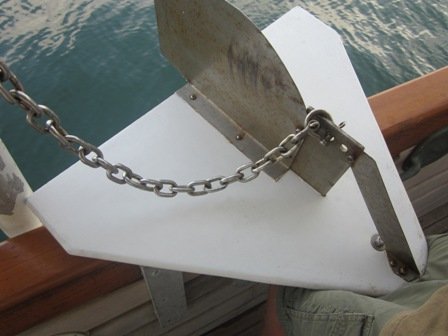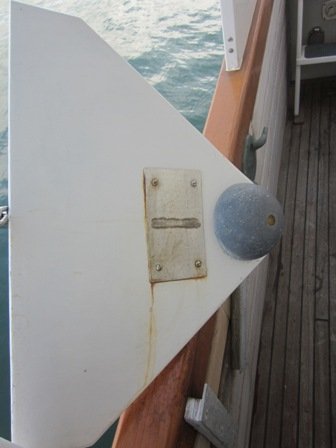Taras
Senior Member
- Joined
- Jan 11, 2008
- Messages
- 399
- Vessel Make
- Currently Boatless
Hi All,
I will eventually be adding stabilizers to my 52' Trawler. Paravanes are way cheap compared to Active Fins or the Sea Keeper / Sea Gyro. I see lots of advantages to the Sea Gyro but I'm not too excited about having to run the Genny all the time to power it.
The real question I have is "how effective are the 3 systems in attenuating Roll?" Does anyone have any data on the percent of roll attenuation, etc... for each these 3 systems?
Thanks all,
Taras
I will eventually be adding stabilizers to my 52' Trawler. Paravanes are way cheap compared to Active Fins or the Sea Keeper / Sea Gyro. I see lots of advantages to the Sea Gyro but I'm not too excited about having to run the Genny all the time to power it.
The real question I have is "how effective are the 3 systems in attenuating Roll?" Does anyone have any data on the percent of roll attenuation, etc... for each these 3 systems?
Thanks all,
Taras


